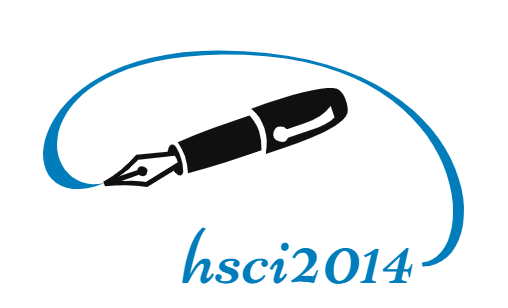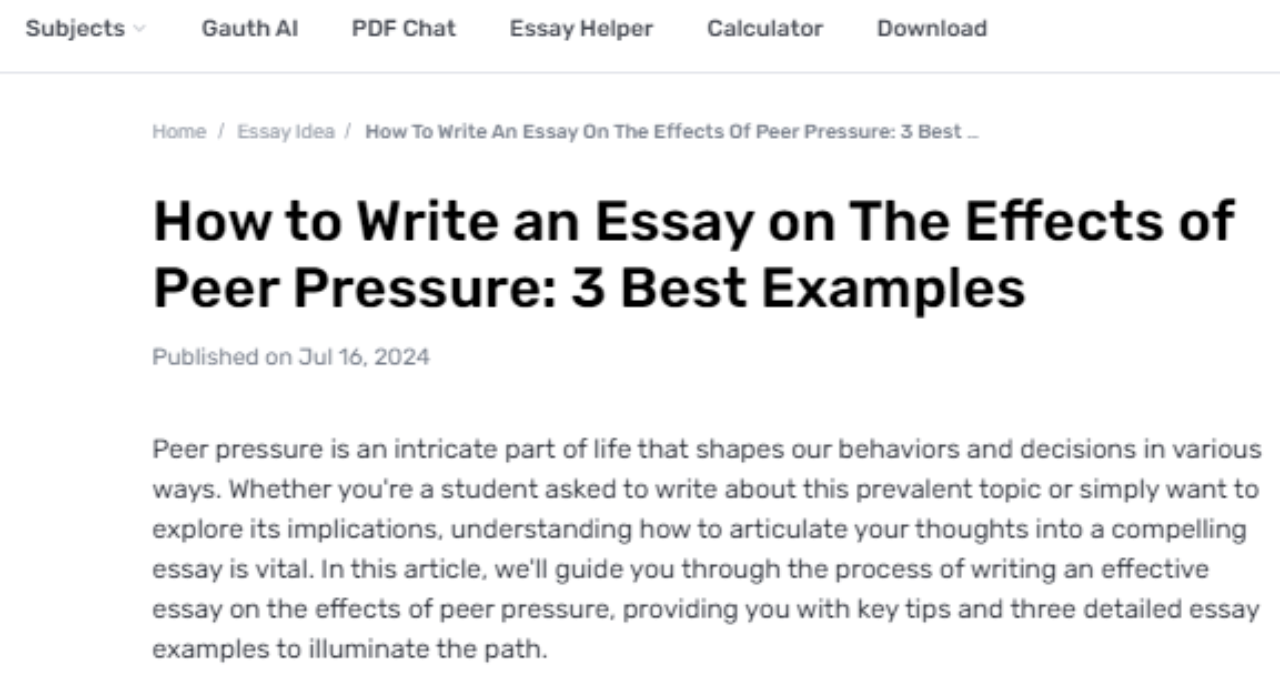Peer weight may be a noteworthy social drive that influences numerous viewpoints of youthful behavior. For youngsters, the impact of peers can be an effective inspiration, forming choices and activities in different ways. Even though peer pressure can now and then energize positive behavior, it is additionally a key figure in driving unsafe behaviors. Understanding the components behind the Effects of Peer Pressure this impact is vital for guardians, teachers, and policymakers pointing to sound pre-adult improvement.
The Affect of Peer Weight on Hazardous Behavior in Youngsters
Peer weight essentially impacts young behavior, frequently driving to hazardous activities. Young people, driven by a want for social acknowledgment and character arrangement, may lock in in hazardous behaviors like substance mishandling or wrongdoing to fit in with their peer bunches.
Social media increases this impact by normalizing and advancing unsafe patterns. Youngsters are especially defenseless due to their creating brains and require peer endorsement. To check these impacts, instruction, open communication, and cultivating self-confidence are basic. By supporting youngsters in making educated choices and standing up to negative peer weight, grown-ups can offer assistance direct more advantageous juvenile improvement.
Understanding Peer Weight
Peer weight alludes to the social influence applied by a gather or person to empower others to comply to certain behaviors, demeanors, or values. For young people, this weight regularly comes from companions, classmates, or social bunches they are a portion of. This impact can be coordinated or unpretentious, and it regularly plays a basic part in forming behavior. Young people are especially vulnerable to peer weight due to their formative organization, which includes an increased center on social acceptance and character arrangement.
The Part of Social Character
Amid puberty, people are within the handle of shaping their social personalities. Peer bunches ended up progressively critical as young people look to fit in and pick up endorsements from their peers. The want to have a place and be acknowledged can lead youngsters to engage in risky behaviors, such as substance mishandling or misconduct, to adjust with bunch standards, or to win endorsement. This can be especially apparent in social settings where certain behaviors are normalized or celebrated.
Influence of Gather Flow
Peer bunches frequently make an environment where hazardous behaviors are either empowered or endured. Gathering elements can open up the weight to comply, particularly when they gather locks in exercises that are seen as energizing or defiant. For illustration, on the off chance that a peer gathers habitually locks in underage drinking or sedates, a person may feel compelled to take part in these exercises to dodge avoidance or to pick up status inside the bunch.
The effect of Social Media
Within the computerized age, social media has gotten to be a capable stage for peer weight. Young people are exposed to a steady stream of curated pictures, patterns, and behaviors that can impact their activities. Social media can make unlikely measures and normalize unsafe behaviors, such as intemperate partying or unsafe challenges, through viral substances. The weight to keep up with online patterns and keep up a certain picture can lead youngsters to lock in behaviors they might something else maintain a strategic distance from.
Mental Factors at Play
A few mental components contribute to the helplessness of young people to peer weight. The juvenile brain is still creating, especially the regions mindful of drive control and decision-making. This formative organization makes young people more inclined to risk-taking behaviors. Additionally, the requirement for social endorsement and fear of dismissal can abrogate sound decision-making forms, driving engagement in hazardous exercises to pick up peer acknowledgment.
Techniques for Relief
Tending to the negative impacts of peer weight includes a multifaceted approach. Instruction and open communication are basic in making a difference youngsters get it the potential results of hazardous behaviors. Guardians and teachers can give direction on standing up to peer weight and offer elective social exercises that advance solid choices. Empowering self-confidence and instructing decision-making aptitudes can moreover engage youngsters to create autonomous choices and stand up to negative impacts.

Efficient Steps for Utilizing Gauth to Reply Questions
Step 1: Input the Address
Enter the address you wish to reply to into the Gauth interface. Guarantee that it's clear and nitty gritty to induce an exact reaction.
Step 2: Survey the Reaction
Once Gauth provides a reply, survey it for exactness and completeness. Check-in case the reaction addresses the address completely and if any extra information is required.
Step 3: Refine and Utilize the Reply
If is vital, refine the address or seek further clarification. Utilize the ultimate reaction to educate your choices or total your errand.
Conclusion
Peer weight may be a complex marvel that can significantly influence high school behavior. Whereas it can lead to positive results, it frequently contributes to hazardous behaviors that can have enduring results. By understanding the basic components that make young people helpless to peer weight, and by actualizing methodologies to back sound decision-making, grown-ups can play a vital part in making a difference in youths explore these weights more effectively. Creating an environment that cultivates open exchange and advances positive peer intelligence can offer assistance relieve the antagonistic impacts of peer weight and back more advantageous juvenile improvement.


